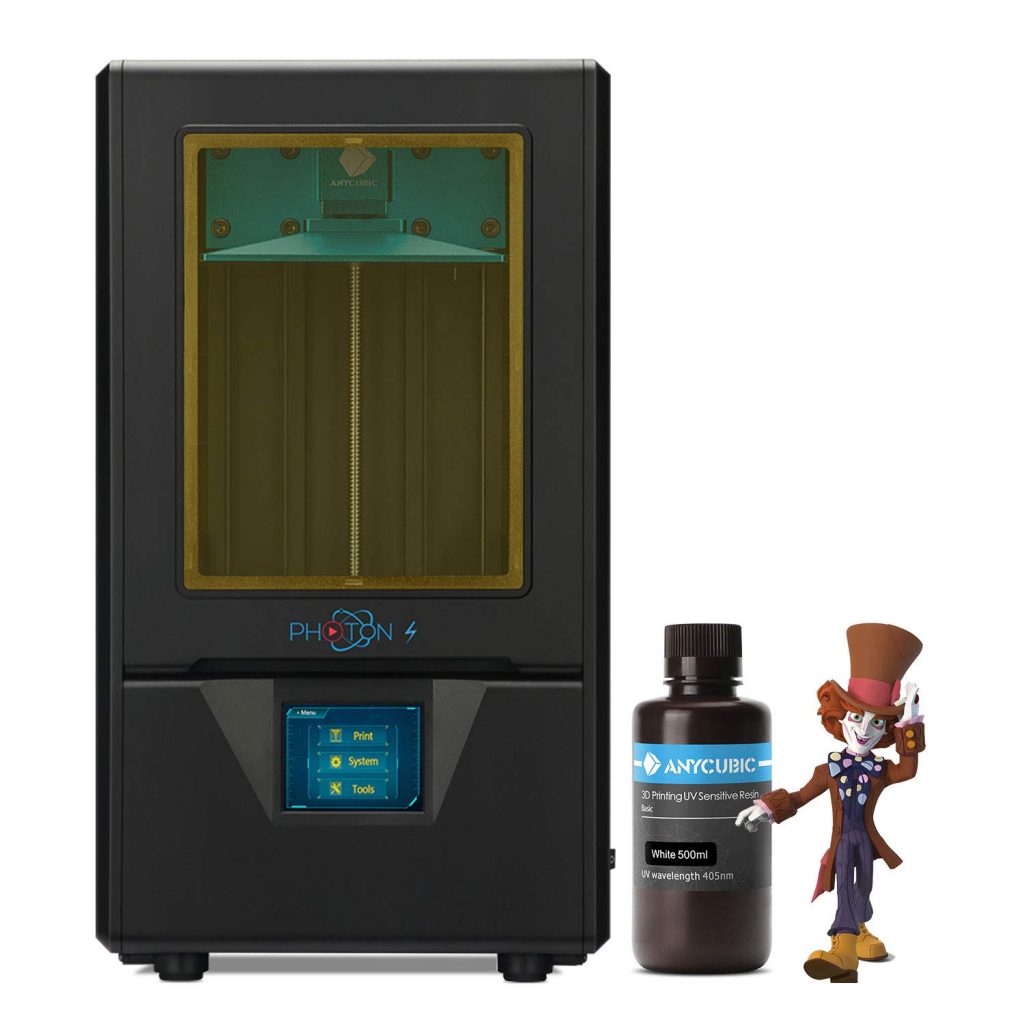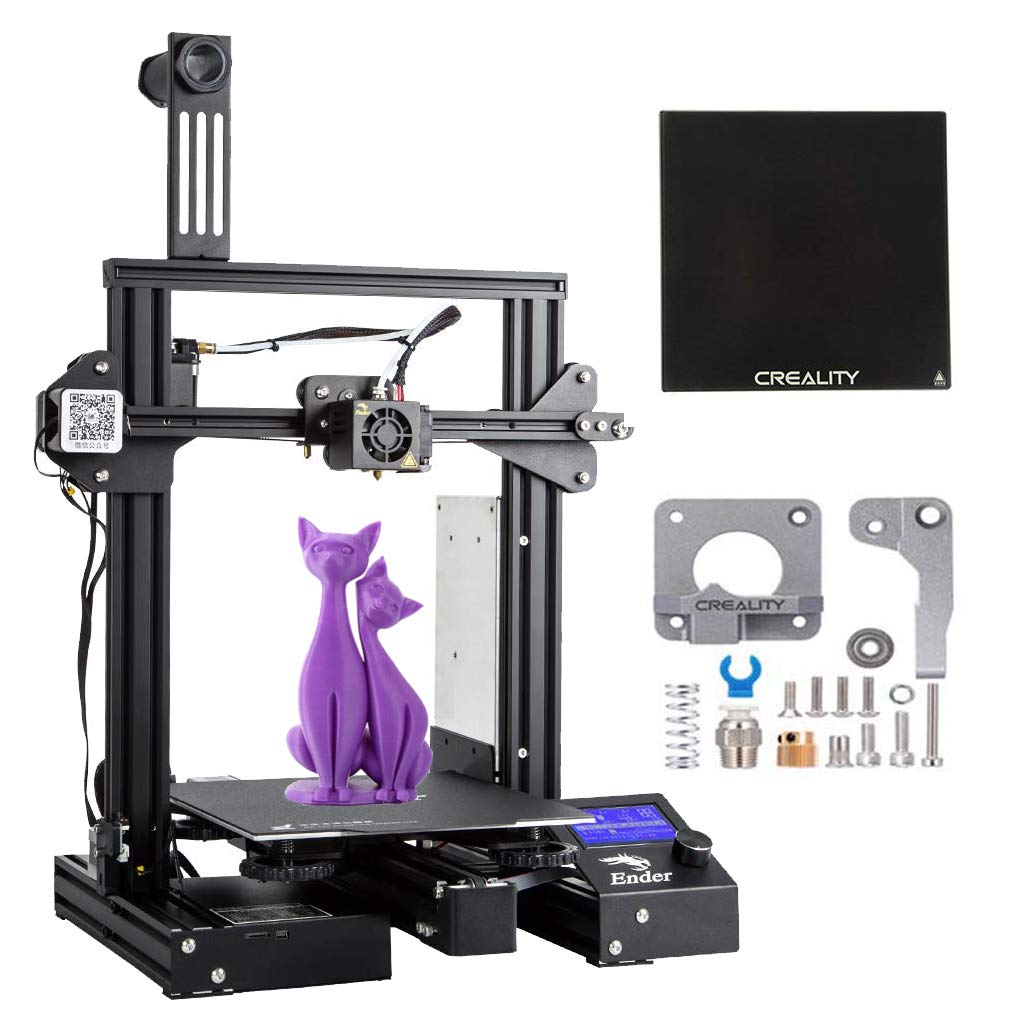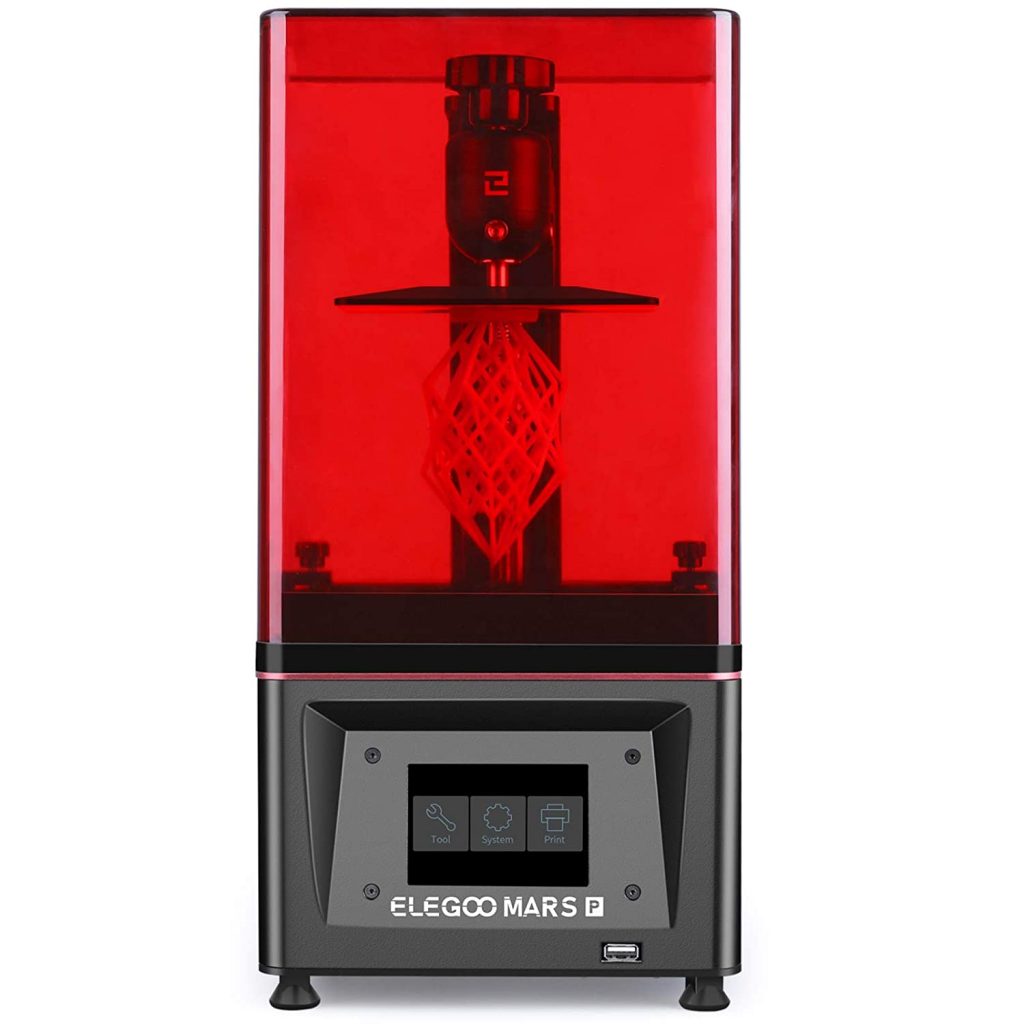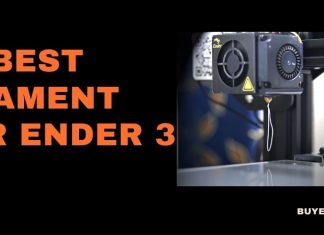Did you know that 3D printers can print everything from prototypes for engineering projects to toys for your kids? You can make PPE and models as well. As the 3D printing industry explodes, schools, hobbyists, and businesses are finding them valuable, flexible, and incredibly useful.
With so many different types of users for 3D printers, there are a lot of different options available. They come with different features and different sizes and shapes, and they come in all different price ranges. If you are interested in a 3D printer for home or school use, you will want a different printer from what is necessary in prototyping or other commercial businesses. It can be overwhelming to try to determine the best 3D printers for beginners if you don’t know what you are looking for.
If you are a hobbyist or looking to use your 3D printer for school projects or home, you can get a high-quality printer for a reasonable price. Continue reading to learn about the 10 best 3D printers for beginners and their benefits and drawbacks.
Our 5 Top Picks
1. Monoprice Select Mini Printer
This 3D printer is one of the most affordable options, and it has all of the features you will need. It has excellent print quality and print speed, and it has a compact desktop design. You can use any type of filament from basic PLA to advanced materials. It comes fully assembled, calibrated, and ready to use, and it is compatible with both PCs and Macs.
This 3D printer has some great features, including a nozzle cooling fan and a main board cooling fan. It includes an accessory kit, and it has an all-metal nozzle. It has Wi-Fi, microSD card, and USB connectivity, and it comes with a 3.7” IPS color screen. It is compatible with Cura, Repetier, and other software. You will get a sample of PLA filament with the printer, but it won’t go far, so you need to have extra on hand.
2. FlashForge Adventurer 3 3D Printer
This 3D printer comes with a detachable nozzle, a built in two million Pixel Wi-Fi HD camera, and a removable and flexible heated build plate. It has a filament detector, and it is compatible with different filaments, including PLA, ABS, Ultra Strong PLA, Wood, Metal-Filled, and High Speed PLA. It is quiet with 45 dB for its printing noise level.
You will love the convenience of the 2.8-inch touch screen that displays the printer’s status. You also never have to level the build plate, and it has an auto filament loading system. This is a great 3D printer for beginners.
3. da Vinci Jr. 1.0A Pro 3D Printer
The da Vinci Pro 1.0 A is a step up with a larger build surface, and you have optional add-ons that include laser engraving and the ability to use specialized filament as your printing material. It has built-in Wi-Fi, and it has adjustable temperature settings so that you can use a variety of filaments including third-party filaments. If you upgrade to the hardened steel nozzle, you can print with metallic PLA and carbon PLA.
This 3D printer comes ready to print out of the box. It is easy to set up and use, and it is a great choice for your first printer. It uses CAD and slicing software, and you will be able to print many different kinds of items with this printer.
4. Anycubic Photon UV LCD 3D Printer
This affordable 3D printer is easy to set up and easy to use. This is a resin printer, which allows the quality of your projects to rival that of industrial 3D printers. This is a compact 3D printer that has orange viewing windows on three sides. They are orange so that they can block out ambient UV light because it can prematurely cure the resin.
The standout feature of this printer is that it has impressive print quality. It is better than others in its class, and it comes with lifetime support from Anycubic customer service. It uses resin, so you will want to have good ventilation wherever you use it. It also requires more maintenance because you need to funnel the extra resin out when you are finished using it.
5. Creality 3D Printer Ender 3 Pro
The Creality Ender 3 Pro is regarded for its competitive price, upgrade options, and print quality. It has a build volume of 220 x 220 x 250 mm, as well as a flexible build plate. You can print many different items. This printer is easy to set up and use, and it is a great choice for beginners and experienced users alike.
It has a compact design and decent print volume, and it is easy to upgrade as you gain experience. In addition, the tight filament path improves its compatibility with flexible filaments. It is a great printer for educators, hobbyists, and more, and it offers features such as a magnetic bed, a power recovery mode, and the ability to work with more flexible materials.
6. LGT Longer Orange 10 SLA 3D Printer
This is a great entry level 3D printer for beginning users. It is preassembled and uses resin, and you can open the box and get to work printing. This 3D printer has 24 parallel LED rights. This gives better detail to the edges of your projects. With so many lights, curing takes less time, curing quality is better, and you can improve the quality of your projects.
It comes with its own software, and it is able to output files faster than other printers. It has good cooling capacity, and it has a high-temperature warning system that causes it to pause to cool off if the temperature reaches 131 degrees Fahrenheit.
7. Elegoo Mars Pro MSLA 3D Printer
The Elegoo Mars Pro 3D Printer offers higher precision and excellent performance. It has steady motion and is very accurate in reducing the layer lines on your models. The surface will turn out smoother than other printers can produce. It has a silicone rubber seal that prevents resin odor from leaking out. In addition, the built-in activated carbon filter absorbs and filters the odor before it moves through the cooling fan.
It has 28 50 Watt UV LED lights that provide uniform light emission to cue evenly. This guarantees top quality printing results, accurate printing size, and it takes less time. It has a 3.5-inch touchscreen, and it is easy to use for many different projects.
8. Dremel Digilab 3D20 3D Printer
This 3D printer by Dremel is a very reliable and affordable printer for beginners. It has a fully enclosed design and a non-heated build plate. It only uses PLA filament and has third-party UL safety approval. It is compatible with Cura, the leading open source 3D printing software, and it is easy to get started. You can create your own designs or print others off the web.
In addition to its ability to produce quality prints, it has a touch screen that is full color LCD. It comes with free cloud based slicing software, and you always have access to their customer support. This printer is simple to use and perfect for new users or students.
9. Anycubic Mega-S 3D Printer
This printer by Anycubic is ready to use in three steps out of the box. It is well-suited for beginners. It has a Taitian extruder that is compatible with most filaments, and it reduces clogging risks and improves printing accuracy. It also has a patented printing platform that has excellent adhesion when you are printing.
This printer has large build volume and a filament sensor that will warn you before you run out of filament. You get one year of free service and lifetime technical support. They also have a community of users where you can share ideas.
10. Epax X1-N UV 3D Printer
The Epax printer has a large 3.5 inch color TFT touchscreen. It is calibrated before it ships, and it has 50 LED lights for even distribution and fast printing. It is well made with steel bearings and a double steel rod reinforced carriage. It has a sanded build platform and works with a wide range of resins. It has only a six- to seven-second exposure time, so it is very fast.
It comes with extra non-FEP film, a USB stick loaded with a PDF manual, a sample print file, and a ChiTuBox config file. It has a power adapter, a shovel, and two resin filters. You can start printing right away with this 3D printer.
3D Printers for Beginners: Buyers Guide
If you are new to 3D printing, you can look at the following information to help you decide which printer is best for you. You need to consider how you plan to use the printer. Some people want to make particular items, and others use their printers for school projects. Consider the following when you are deciding which printer to buy.
Type of Printer: There are two main types of 3D printers: FFF (fused filament fabrication) and SLA (stereolithography). FFF printers melt a plastic filament to form the model, while SLA printers use a UV laser to solidify a resin. FFF printers are usually less expensive and easier to use, but SLA printers often produce higher quality models.
Printing Materials: You should look at the printing material that the printer uses. Most use PLA, which is a brittle, biodegradable material. ABS is the plastic used to make items such as Legos. You will find many other materials as well, so consider what you want to print and what materials you will need to use. FFF printers are usually compatible with a wider range of printing materials.
Volume: Different printers have different size limits for the models they can produce. You can find this out by looking at the size of the print bed and how far the printer can move the print head.
Speed and Quality: 3D printing is a slow process, so you can expect a three or four-inch model to take six to twelve hours to print. This will vary between different 3D printers.
Price: The price on these printers does vary, so you can choose the one that fits best in your budget. The printers listed above are all good as entry level 3D printers.
FAQs
What material should I use to print?
The material you use will depend on the type of printer you buy. Most FFF printers use PLA or ABS plastic, and some can use other filaments including metals and wood. You need to check your model to see what it can use.
What is PLA?
PLA is a filament. It is Polylactic Acid and it is easy for beginners to use. It is inexpensive and made from crops including sugarcane and corn. It is biodegradable and comes in a wide range of colors. It can be printed at a low temperature and does not require a heated bed, so it works well with most beginner printers.
Where can I find things to print?
You can find things to print here ,There are websites such as Thingiverse.com that have a lot of free 3D files. You can also create your own designs with software. Beginners often use a free TinkerCad app.


























